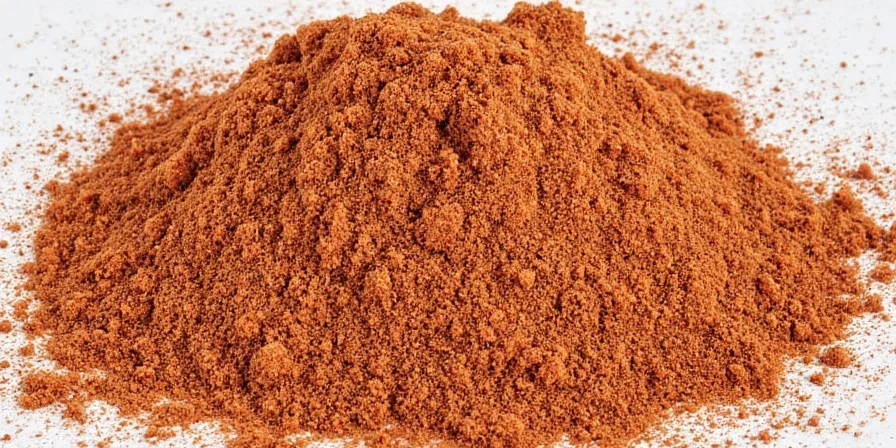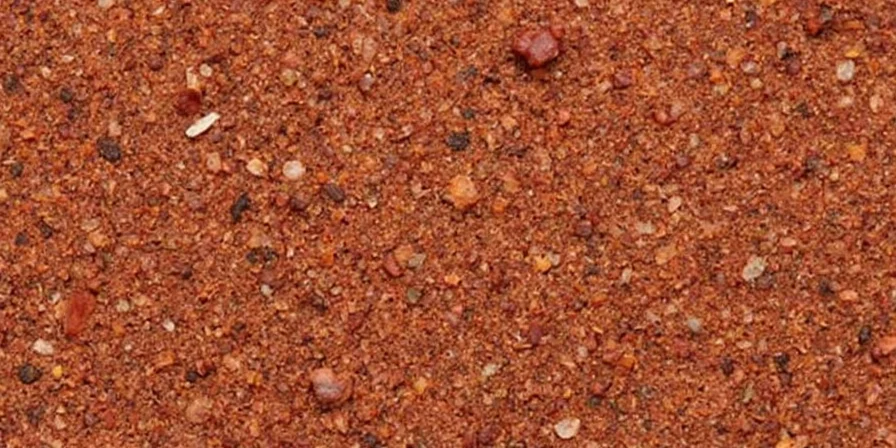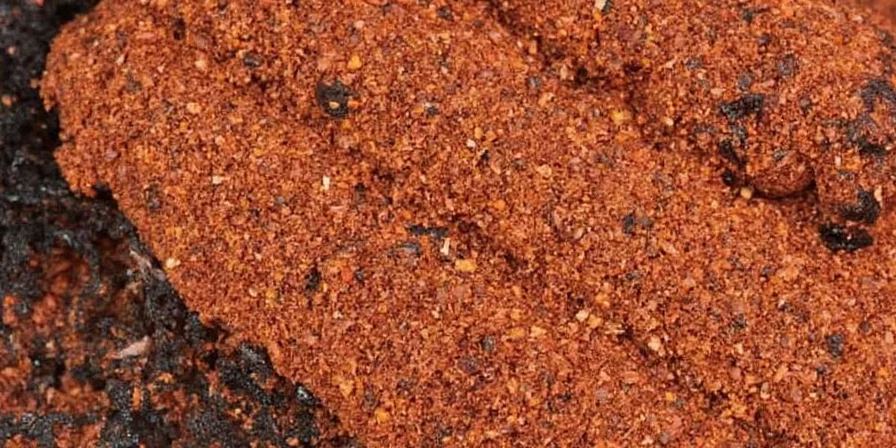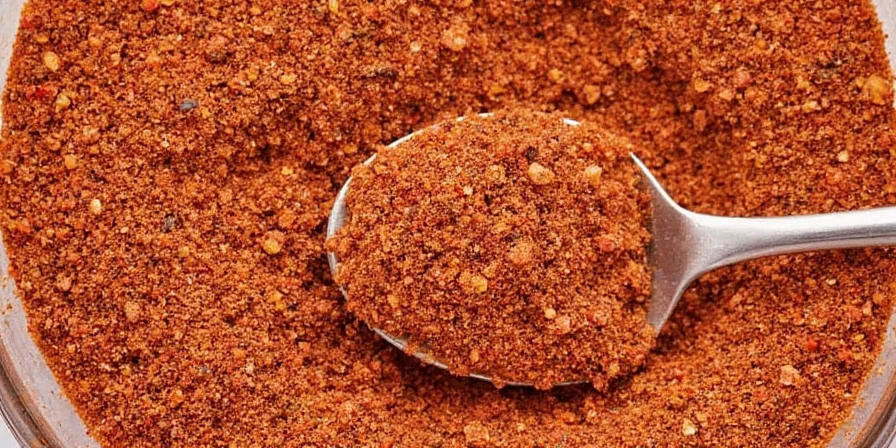The Ultimate Dry Rub for Whole Hog: A Spicy Guide to Flavor Paradise
So, you’ve decided to tackle the beast—yes, we’re talking about smoking an entire hog. But what’s a majestic pig without the right dry rub? A flavorless, sad pile of meat, that’s what! In this article, we’re diving deep into the world of dry rubs for whole hog, covering everything from essential spices to pro tips and a few spicy secrets that will make your hog the talk of the town (or at least the next BBQ party).
Table of Contents
- What Is a Dry Rub?
- Why It Matters for Whole Hog
- Essential Spices in a Good Dry Rub
- How to Apply Your Dry Rub Like a Pro
- Top 5 Dry Rub Recipes for Whole Hog
- Pro Tips and Common Mistakes
- Pairing with Sides and Sauces
- Final Thoughts on Flavor-Fueled Pig
What Is a Dry Rub?
A dry rub is essentially a seasoning blend made from ground spices, herbs, salt, sugar, and sometimes chili powders or aromatic compounds like garlic or onion powder. It’s applied directly to the surface of meat before cooking to add depth, complexity, and a crusty bark (called the “bark” by pitmasters) that every carnivore craves.

Why It Matters for Whole Hog
Whole hog BBQ isn’t just about size—it’s about balance. You’ve got different muscles, fat layers, skin textures, and connective tissues all working together under low-and-slow heat for up to 18 hours. The dry rub is your first chance to season the entire animal, not just individual cuts.
In traditional styles like North Carolina or Texas-style whole hog barbecue, the rub is often simple but incredibly effective. Here's why:
- Penetration: Salt and spices help draw out moisture, which then reabsorbs back into the meat as it cooks.
- Flavor Layering: With such a long cook time, flavors have time to mingle and mature.
- Bark Development: The sugars in brown sugar or molasses-rich ingredients caramelize over hours, creating that coveted smoky bark.

Essential Spices in a Good Dry Rub
The best dry rubs are usually built around a few core ingredients. Here’s a quick breakdown of must-have spices:
| Spice | Role | Common Varieties |
|---|---|---|
| Salt | Flavor enhancer & moisture control | Kosher salt, sea salt, pink Himalayan salt |
| Black Pepper | Heat & depth | Freshly cracked, Tellicherry, coarse grind |
| Brown Sugar | Balance sweet & smoke | Light vs. dark, muscovado, coconut sugar |
| Paprika | Color & subtle sweetness | Smoked Spanish paprika (Pimentón) adds depth |
| Garlic Powder | Umami & savoriness | Granulated vs. powdered options |
| Onion Powder | Background layering | Adds savory undertones |
How to Apply Your Dry Rub Like a Pro
You wouldn’t paint a canvas without priming it first—and you shouldn’t apply a rub to raw pork without proper prep. Here’s how to do it right:
- Dry the surface: Pat the hog down with paper towels. Moisture = rub melting off.
- Season generously: Don’t be shy! Cover every nook and cranny, especially crevices where the rub can settle and work its magic.
- Massage it in: Work the rub into the skin and fat cap. Think of it like giving your hog a spa treatment before bed.
- Let it rest: Refrigerate overnight (ideally 12–24 hours). This lets the salt pull out juices, which then get reabsorbed along with the rub.

Top 5 Dry Rub Recipes for Whole Hog
Ready to spice things up? Here are five killer blends ranging from classic to creative:
| Name | Main Ingredients | Best For |
|---|---|---|
| Classic Carolina Crunch | Salt, black pepper, paprika, red pepper flakes | Traditionalists who love bold simplicity |
| Texas Two-Step Sweet | Brown sugar, salt, chili powder, cumin, smoked paprika | Sweet-smoky lovers and brisket fans alike |
| Island Smoke | Allspice, cinnamon, nutmeg, salt, pepper, thyme | Caribbean fusion style with a tropical twist |
| Mexi-Hog Magic | Ancho chile powder, cocoa powder, cumin, oregano, chipotle | South-of-the-border flavors and mole-inspired notes |
| Asian Fusion Fire | Five-spice powder, sesame seeds, garlic, ginger, soy powder | Unique Asian influence for adventurous palates |

Pro Tips and Common Mistakes
Even seasoned pitmasters can slip up when dealing with massive hunks of swine. Here’s what to avoid and what to embrace:
- Don’t skimp on salt: Pork is leaner than beef, so it needs more seasoning to bring out flavor.
- Avoid overcomplicating: More spices ≠ more flavor. Less is more, especially when you're smoking for 12+ hours.
- Use fresh spices: Old spices are like expired milk—they still exist, but they don’t taste great.
- Layer with mops or spritzes: Dry rub alone is powerful, but combining it with apple juice or vinegar-based mops during cooking elevates flavor further.
Pairing with Sides and Sauces
No matter how good your dry rub is, it deserves company. Here are some sidekick suggestions:
- Coleslaw: Creamy or vinegar-based slaw cools the fire and cleanses the palate.
- Collard Greens: Bitterness balances the richness of pork.
- Pickles: Adds tangy contrast to fatty bites.
- Bread: Often overlooked—great for soaking up juices or making mini sandwiches.

Final Thoughts on Flavor-Fueled Pig
A whole hog is more than a meal—it’s a statement. And the dry rub? That’s your signature. Whether you go for a classic Carolinian blend or something wild like our Asian Fusion Fire, remember this: your rub sets the stage for flavor, texture, and aroma that lasts far beyond the bite.
Now grab your gloves, sprinkle with confidence, and let that hog shine like the star it was born to be.











 浙公网安备
33010002000092号
浙公网安备
33010002000092号 浙B2-20120091-4
浙B2-20120091-4